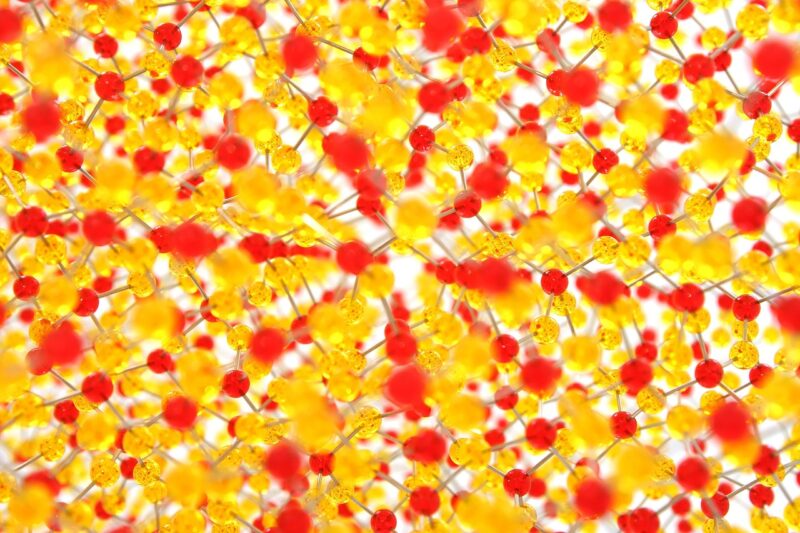
Atoms are the fundamental building blocks of all matter in the universe. Everything we see around us—trees, cars, water, even our own bodies—are composed of atoms. Understanding what an atom is and how it functions is the foundation of chemistry and physical science, influencing everything from the air we breathe to the technology we rely on.
1. The Basics of Atoms
An atom is the smallest unit of an element that retains all the chemical properties of that element. Atoms are composed of three main particles: protons, neutrons, and electrons. Let’s take a closer look at each of these components:
- Protons: These positively charged particles reside in the nucleus of the atom and define the element. For example, hydrogen has one proton, while helium has two.
- Neutrons: Neutrons have no electric charge and also reside in the nucleus alongside protons. Their number, combined with protons, determines the atomic mass of the element.
- Electrons: Negatively charged particles that orbit the nucleus in various energy levels. They are much smaller than protons or neutrons. The number of electrons in an atom typically equals the number of protons, giving the atom a neutral charge.
Atoms come together to form molecules, which are essential for the formation of compounds necessary for life. The interactions between atoms and molecules make up the incredible diversity of materials and substances we encounter.
2. The Structure of an Atom
The structure of an atom can be visualized as a tiny solar system. At the center is the nucleus, made up of protons and neutrons, while electrons orbit at various distances, depending on their energy level. Here’s a breakdown of atomic structure:
- Nucleus: The heart of the atom containing protons and neutrons. The nucleus is exceptionally dense, contributing most of the atom’s mass.
- Electron Clouds: Electrons are found in electron clouds rather than fixed orbits. These clouds represent areas of probability where electrons are likely to be found. The regions are called orbitals, and they have distinct shapes such as spherical or dumbbell-shaped.
This structure allows atoms to interact with one another through chemical bonds, forming compounds that make up all the matter we encounter.
3. The Importance of Atoms in Science
Atoms are central not only to chemistry but to all natural sciences. Here are some crucial roles that atoms play:
- Chemical Reactions: Atoms rearrange during chemical reactions, forming new substances. Understanding how this happens is key for chemistry, biology, and environmental science.
- Biological Processes: The human body is made of trillions of atoms, which combine to form molecules essential for life functions like DNA replication, metabolism, and cellular structures.
- Physics and Energy: The study of atoms helps us understand physical phenomena like electricity and magnetism. For example, the movement of electrons in different materials generates electrical energy.
In essence, atoms and their interactions underpin countless science fields, from quantum physics to biology.
4. The Different Types of Atoms: Elements and Isotopes
Atoms are categorized based on the number of protons in their nucleus, which defines the element. The periodic table of elements organizes known elements according to their atomic number, representing the number of protons.
Isotopes are variations of an element that have the same number of protons but different numbers of neutrons. For instance, Carbon-12 and Carbon-14 are isotopes of carbon. While both are carbon, they have different atomic masses due to their neutron count. Isotopes are important in various scientific applications, including dating archaeological artifacts and medical imaging.
5. The Role of Electrons: Bonds and Chemical Interactions
Electrons are key players in how atoms bond and react. Atoms can bond in various ways, primarily through:
- Ionic Bonds: These occur when an atom donates one or more electrons to another, creating charged ions that attract each other. An example is the bond between sodium and chloride to form table salt (NaCl).
- Covalent Bonds: Atoms share electrons in these bonds, creating molecules like water (H₂O) or carbon dioxide (CO₂). Covalent bonds can be single, double, or triple, depending on how many pairs of electrons are shared.
- Metallic Bonds: These involve a ‘sea of electrons’ that are shared among many atoms, providing metals with their characteristic properties like conductivity and malleability.
Understanding these bonding types helps explain the behavior of materials and the formation of compounds.
6. Conclusion: The Universe at an Atomic Level
Atoms may be incredibly small, but they are fundamental to everything in our existence. They make up all matter, dictate chemical reactions, and are crucial in biology, physics, and various scientific fields. By understanding atoms, we unlock the secrets of how everything interacts in our universe—from the tiniest cells in our bodies to the vastness of planets and stars.
The study of atoms will continue to evolve as science progresses, revealing more about the nature of existence and pushing the boundaries of technology and materials science. Whether you’re studying chemistry in school or fascinated by the universe, an appreciation for atoms is vital to comprehending the world around us.







